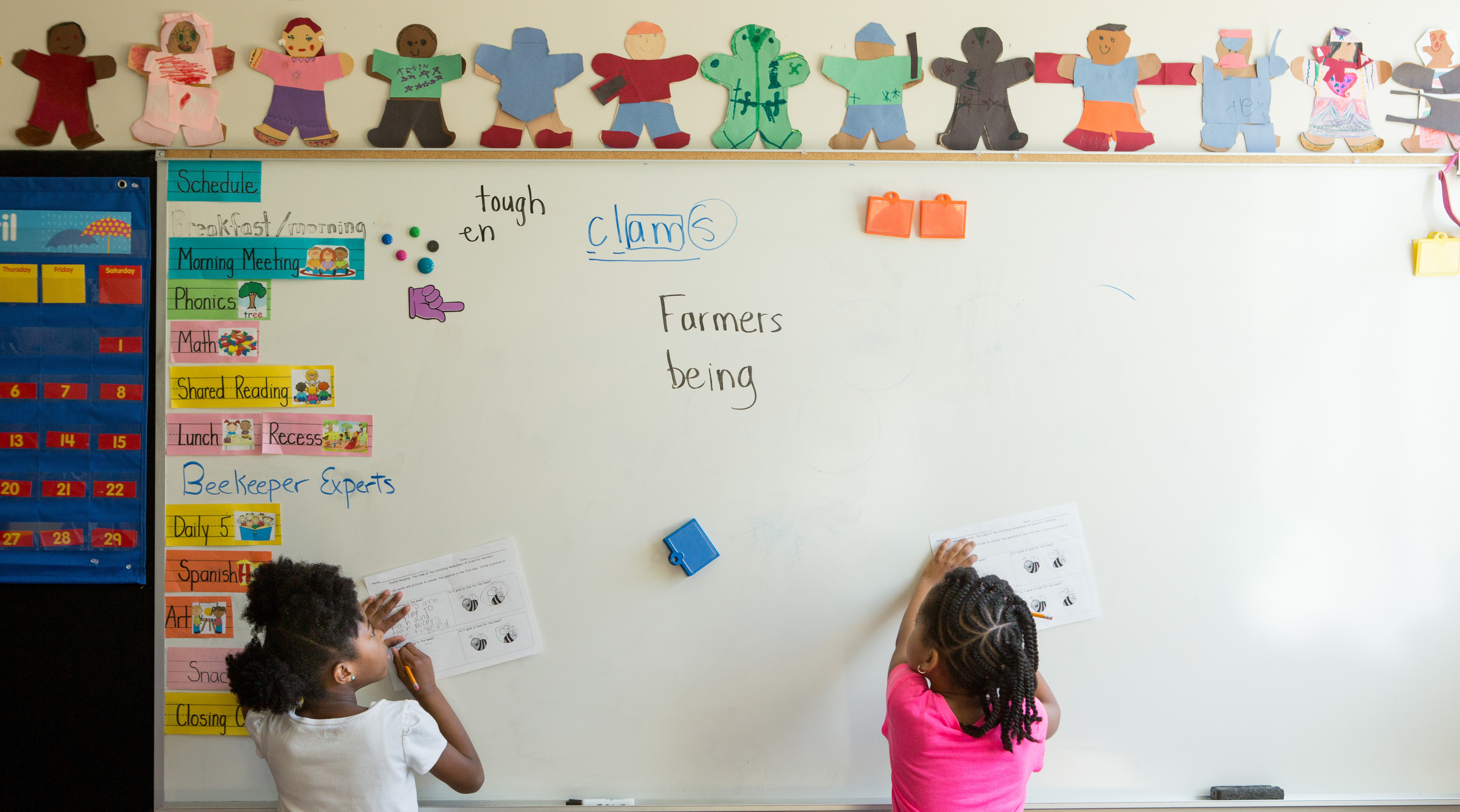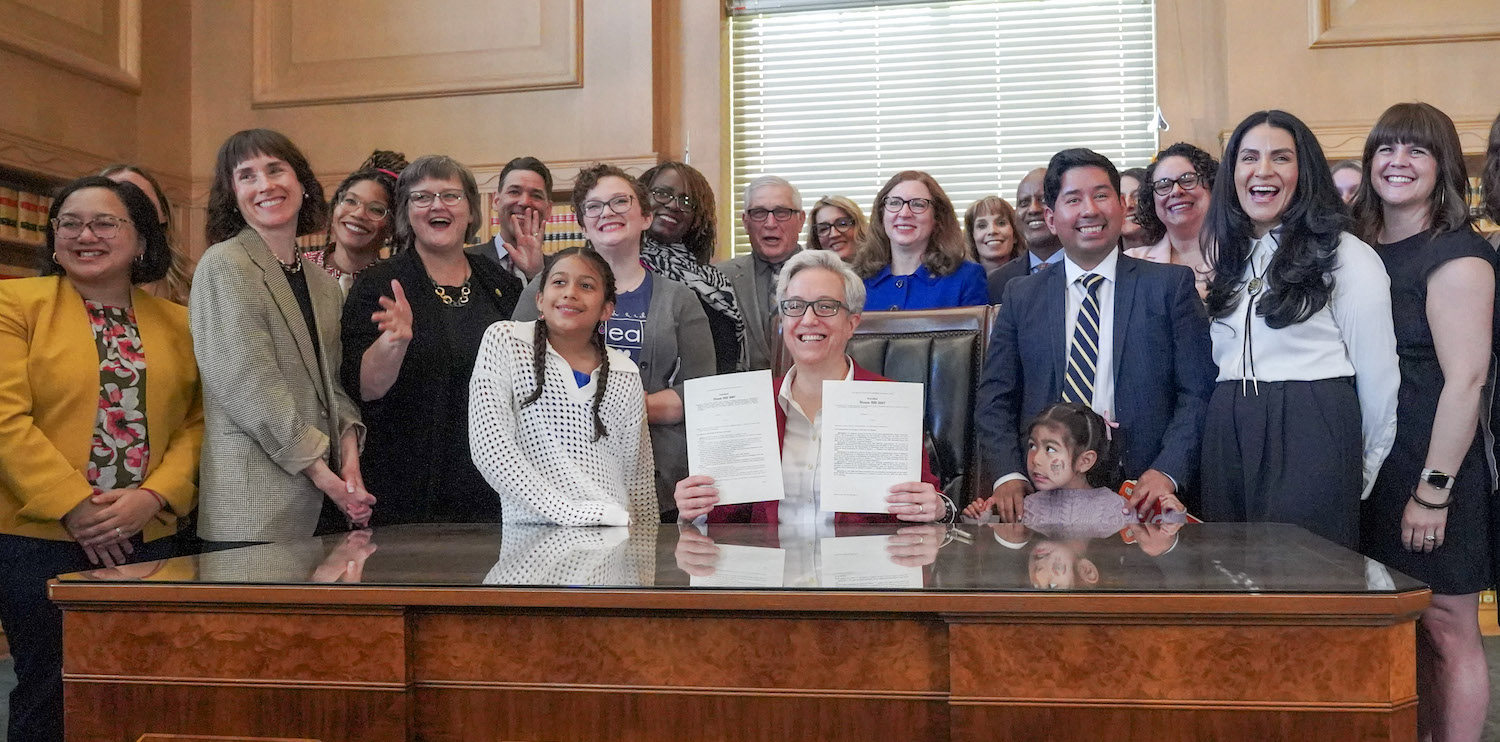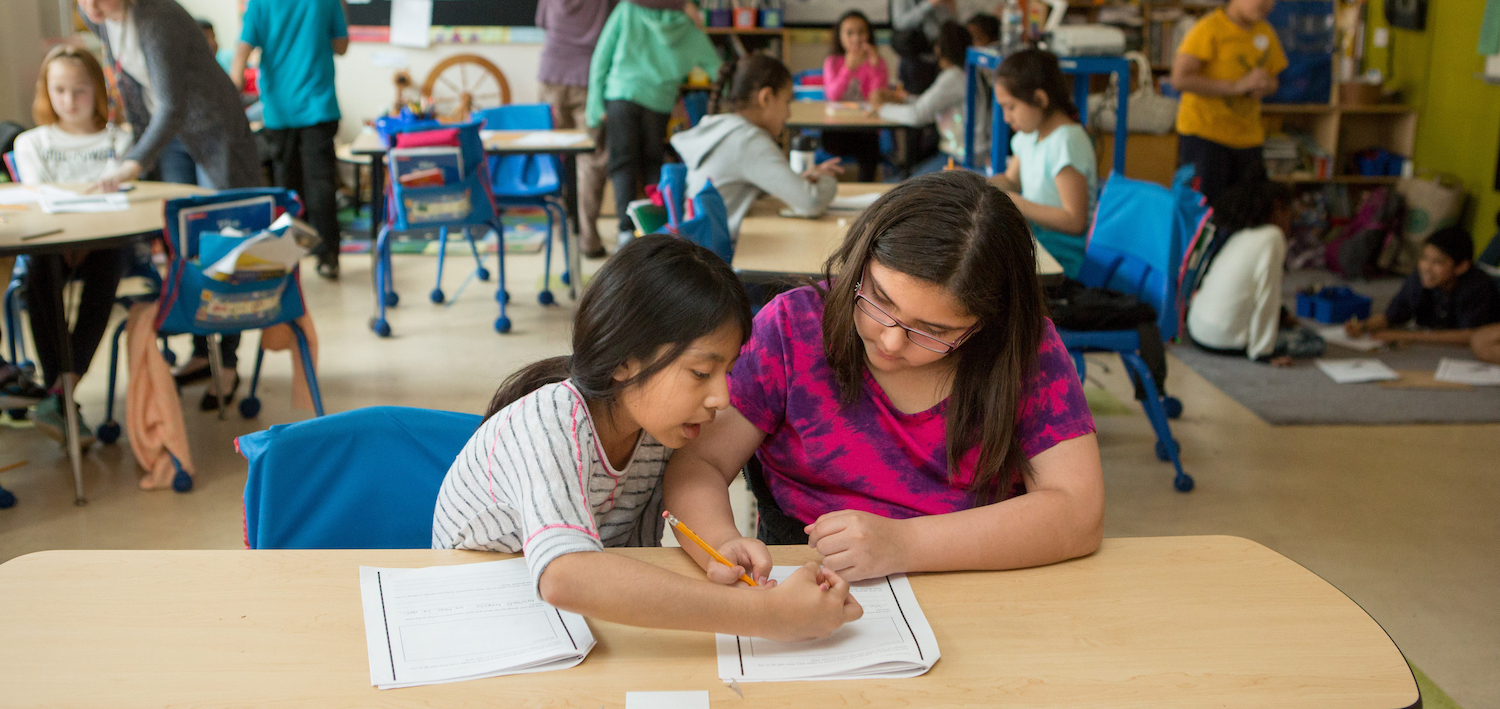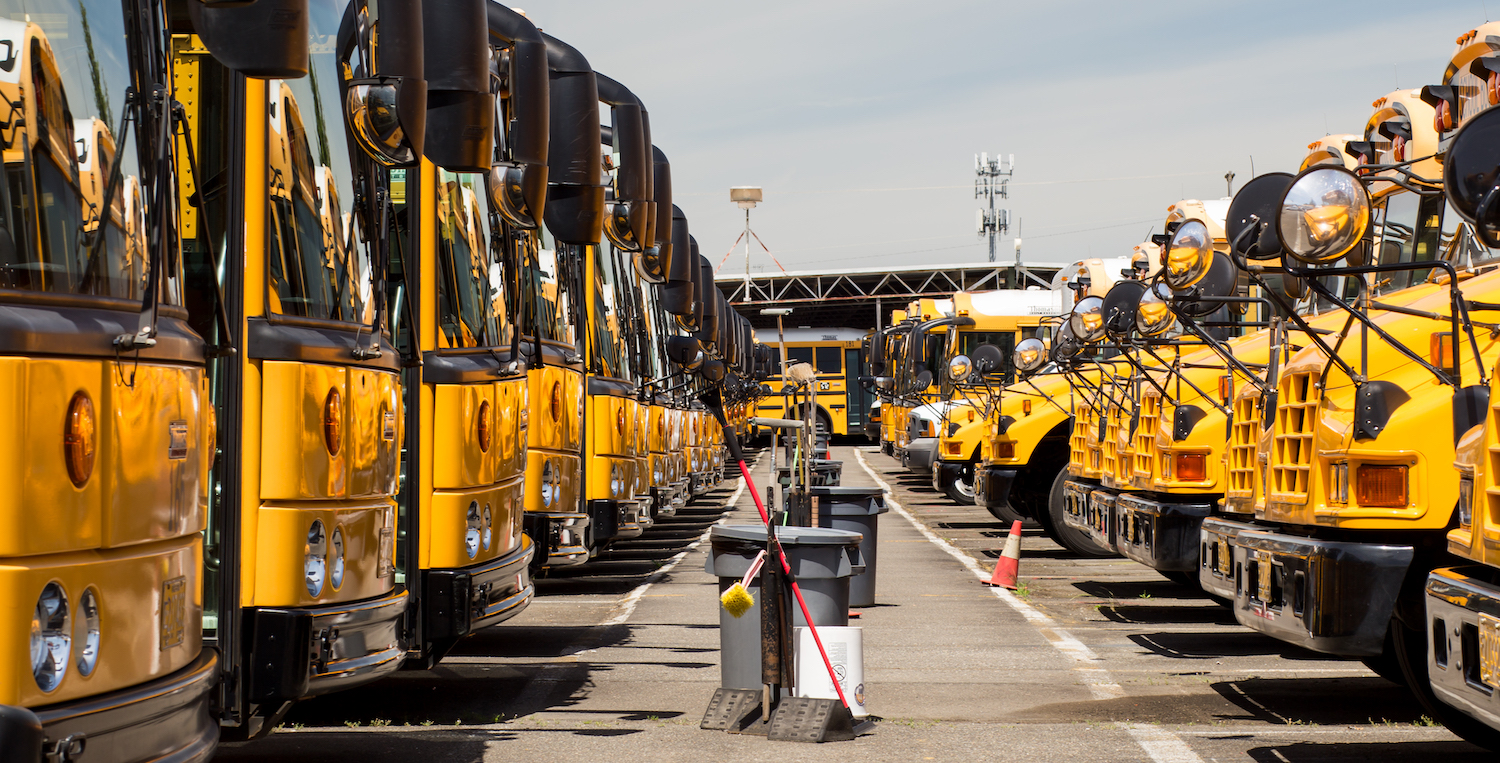After nearly six months, Oregon’s 2025 legislative session officially closed on Friday, June 27. As with every long session, state legislators were charged with drafting a new state budget for the next two years. But with student outcomes lagging, educational disparities persisting, teacher strikes making headlines, economic forecasts shifting, and federal actions sparking fear, Gov. Tina Kotek and the Oregon Legislature faced a pivotal moment to take action for children and public education.
Foundations for a Better Oregon (FBO) was honored to collaborate with state lawmakers and partners across sectors to develop and champion policies and investments that promise to make a difference for children. We were also proud to join with the Oregon Partners for Education Justice to once again support the network’s 2025 Legislative Agenda.
Historic Progress on K-12 Improvement and Accountability
This year, Oregon took a bold step to improve how our state’s public education delivers for all students. With bipartisan support in both chambers, the Oregon Legislature passed Senate Bill 141, a K-12 accountability bill championed by Gov. Kotek, Senate President Rob Wagner, House Speaker Julie Fahey, Sen. Janeen Sollman, and Rep. Ricki Ruiz.
For decades, K-12 accountability in Oregon has been defined by blunt, punitive, and harmful federal efforts aimed primarily at improving standardized test scores. When this top-down approach crumbled, the state was left with a patchwork of reporting requirements, but no focused or coherent strategy to actually improve student learning and achievement. Now, the Oregon Legislature has given a clear charge to build a statewide K-12 accountability system that helps all 197 school districts continuously improve to better serve every student.
Senate Bill 141 builds on Oregon’s 2019 Student Success Act, which former state legislators Barbara Smith Warner and Arnie Roblan highlighted in The Oregonian as a model for “how the state can target taxpayer dollars for public education in a way that prioritizes collaboration, school improvement, and accountability.” The new bill expands on the Student Success Act’s K-12 strategies with much stronger state supports, more proactive interventions, and a broader system-wide reach to accelerate progress in every school district.
Under Senate Bill 141, Oregon will:
Reduce administrative burden so schools and educators focus on teaching and learning.
Expand statewide metrics to track student outcomes and progress, including attendance, reading and math proficiency, graduation rates, and closing achievement gaps.
Improve how student performance is measured throughout the year to give educators valuable data to guide classroom instruction.
Require all school districts to set clear goals to improve student outcomes and close disparities.
Establish clear milestones for state coaching and intervention in school districts that aren’t meeting improvement goals.
Strengthen the Oregon Department of Education’s authority, tools, and skill to help school districts invest in what works.
“As a former school board member, I can tell you that as soon as this bill goes into place, you’re going to see behavior start to change,” said Senate President Wagner. “School districts aren’t going to wait until the state steps in, they will start aligning with best practices. By linking accountability with best practices and targeted investments, we can ensure that every student has the opportunity to succeed.”
Building a stronger statewide system for K-12 improvement is especially important at a time when the federal government is pulling back on education data and protections for students. Perhaps now more than ever, Oregon must leverage Senate Bill 141 to close the unacceptable yet persistent opportunity and achievement gaps impacting historically underserved students and communities.
But as Sen. Suzanne Weber noted in a committee hearing about the bill, the Legislature has a long history of launching new reforms, only to abandon them shortly thereafter in favor of another “shiny” solution. “If we start this program,” she explained, “we have to commit to it.”
FBO looks forward to working with the state and partners to support Senate Bill 141’s implementation. That work begins by helping Oregonians across sectors and communities understand the bill’s vision, goals, and pathway to success. It will take all of us—inside and outside of the public education system—to fulfill its promise.





